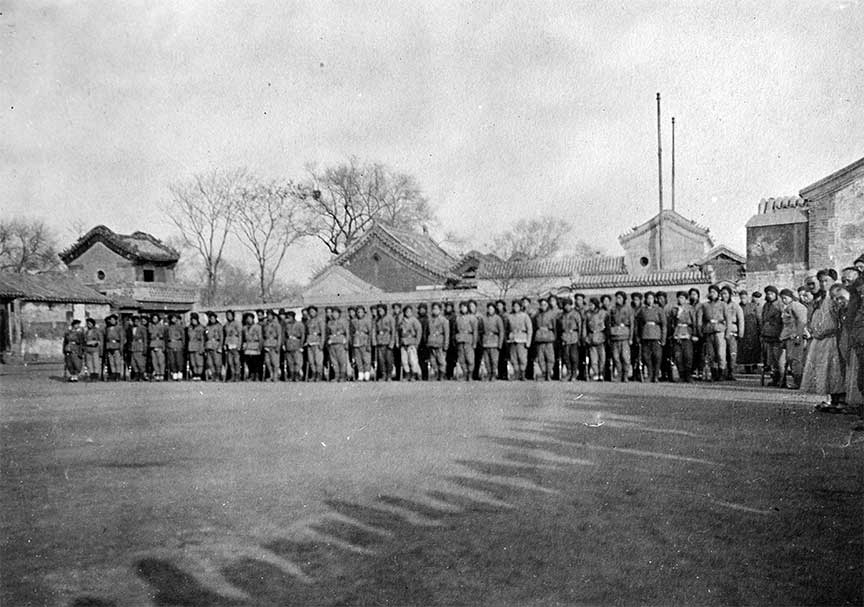1911 Revolution in Central China
On October 10th,1911 a revolution broke out against the Manchu government. The government was in such disarray and central power was so limited, that it did not take long for it to collapse entirely. By the end of the year, Dr. Sun Yat-sen had been elected President of China by the Revolutionary Provisional Assembly in Yanking.
The Qing Dynasty, led by the Manchu ethnic minority, had ruled China for over 250 years. By the late 19th and early 20th centuries, the dynasty was in decline, facing a myriad of challenges, including economic stagnation, social unrest, and the humiliation of the Opium Wars and the Boxer Rebellion. The Chinese people were growing increasingly frustrated with the inability of the Manchu government to protect China's sovereignty and address internal issues.
The growing discontent with the Manchu government provided fertile ground for revolutionary ideas. Dr. Sun Yat-sen, a key figure in the Chinese nationalist movement, founded the Tongmenghui (later known as the Kuomintang or KMT) in 1905. The organization sought to overthrow the Manchu government and establish a republic based on the principles of nationalism, democracy, and the welfare of the people.
On October 10, 1911, the revolution began when a bomb accidentally exploded in a secret society's headquarters in Wuchang, leading to the arrest of several revolutionaries. Fearing for their safety, members of the New Army stationed in Wuchang mutinied, leading to a broader uprising against the Manchu government. The news of the uprising spread quickly across China, and many provinces declared their independence from the Qing Dynasty.
As the revolution gained momentum, the Manchu government found itself in a state of disarray. The central power was severely weakened, and the government struggled to maintain control over the rapidly changing situation. The Qing court appointed General Yuan Shikai to suppress the revolution, but he soon realized that the imperial regime was beyond saving and began to negotiate with the revolutionaries instead.
By the end of 1911, the Manchu government had effectively collapsed, paving the way for a new era in Chinese history. Dr. Sun Yat-sen, who was in the United States at the time of the uprising, returned to China and was elected as the first President of the Republic of China by the Revolutionary Provisional Assembly in Nanjing on December 29, 1911. This marked the end of over 2,000 years of imperial rule in China and the beginning of a republic.
 >
>